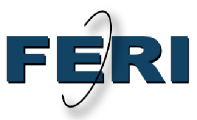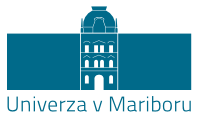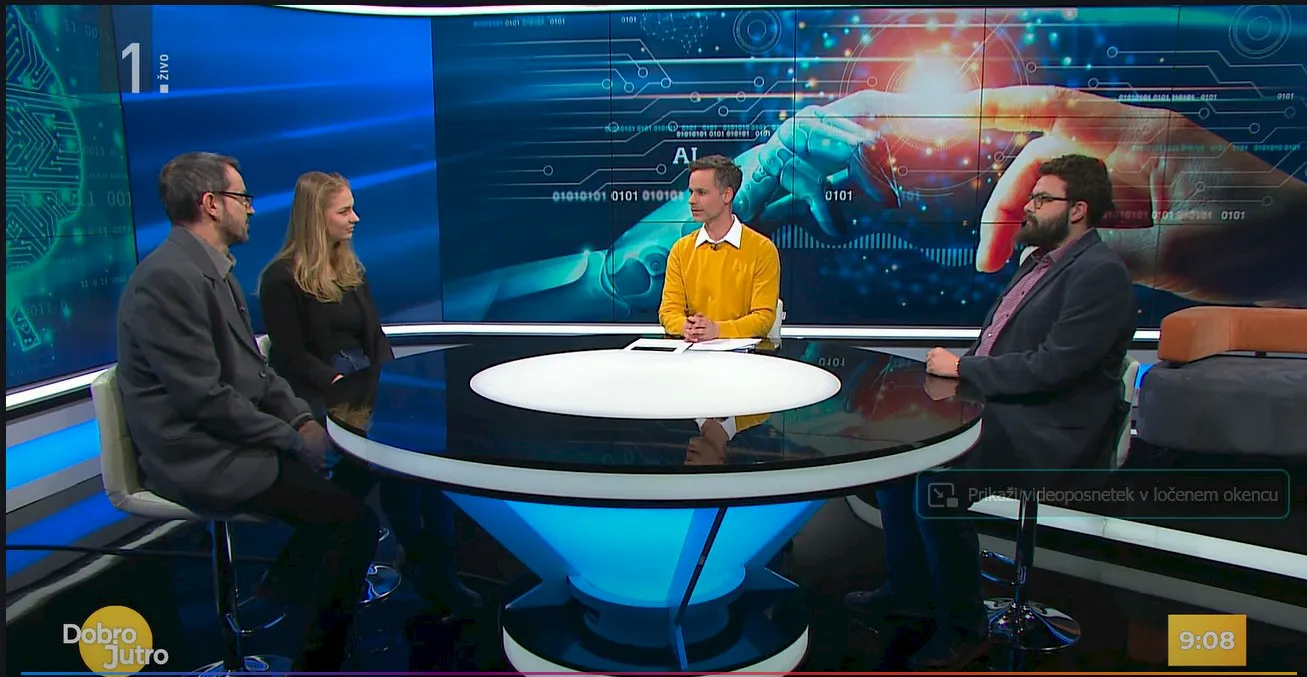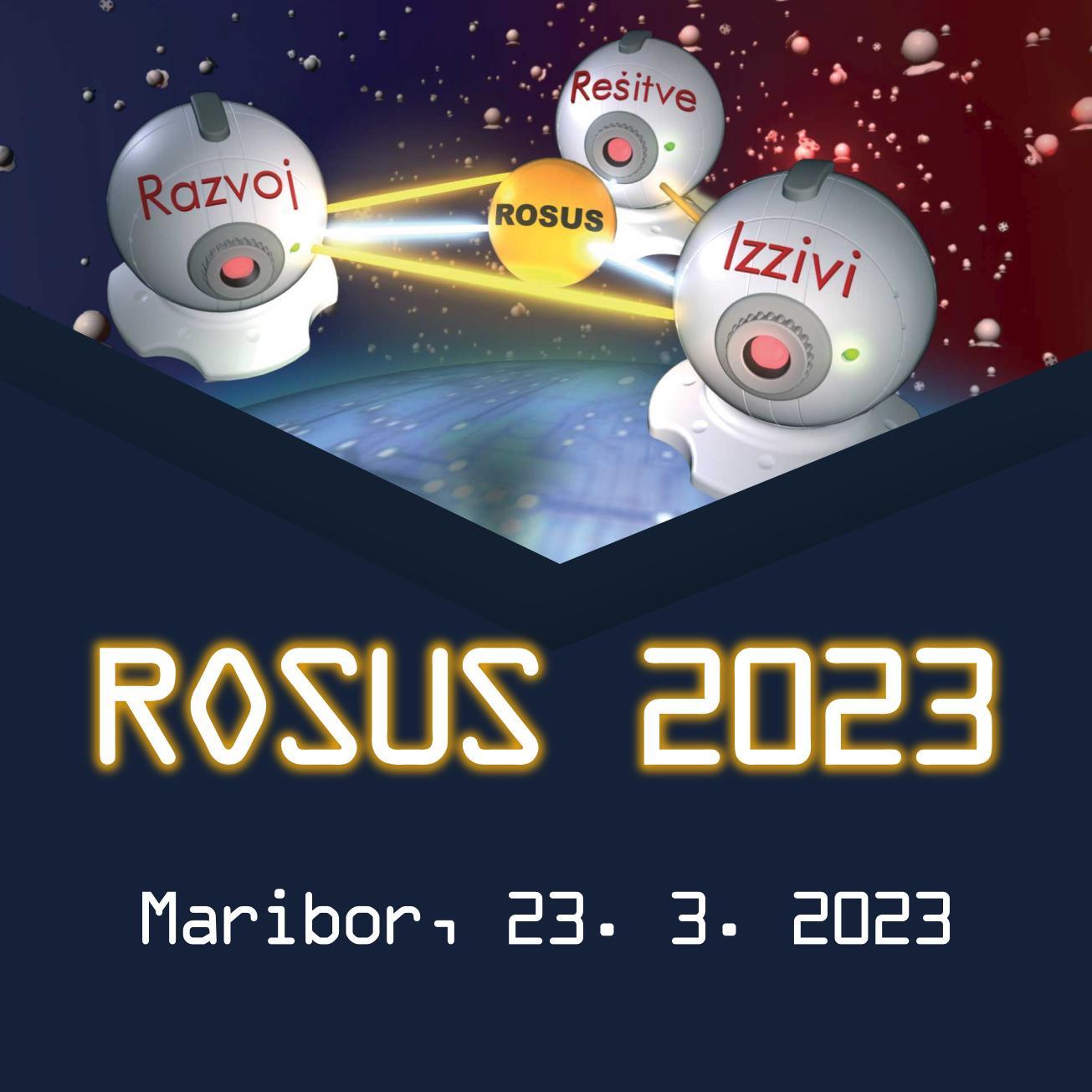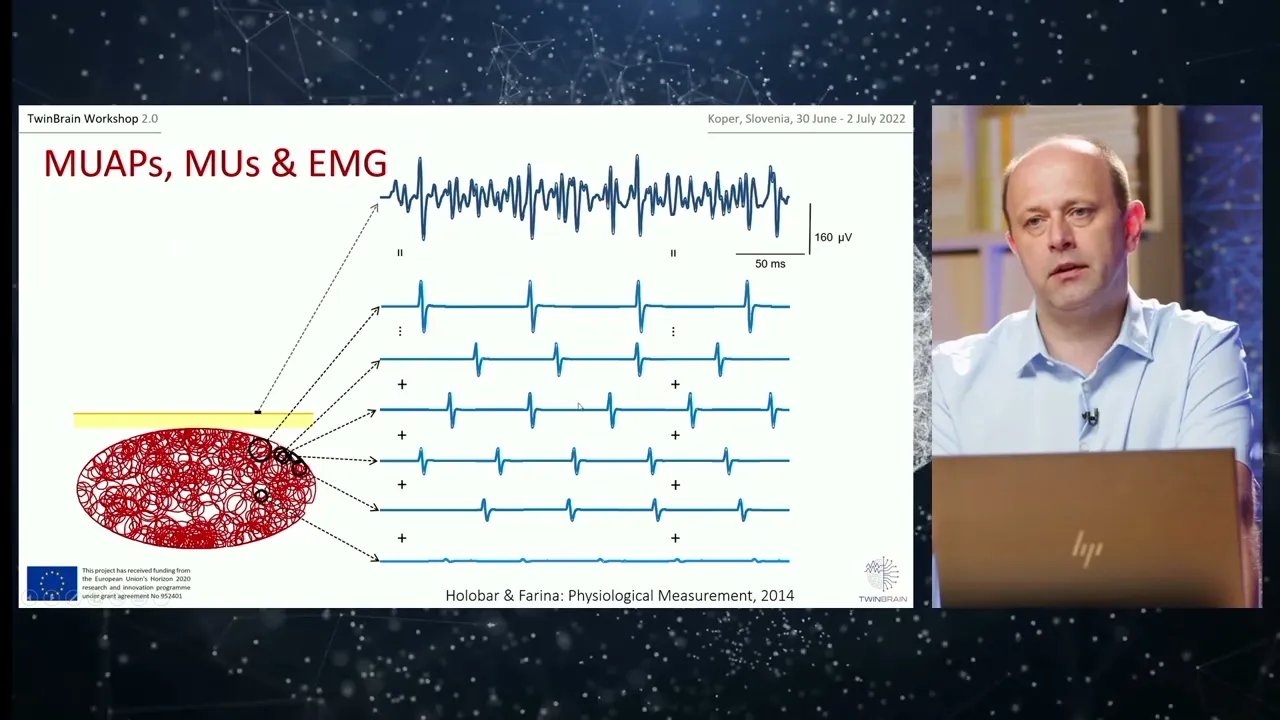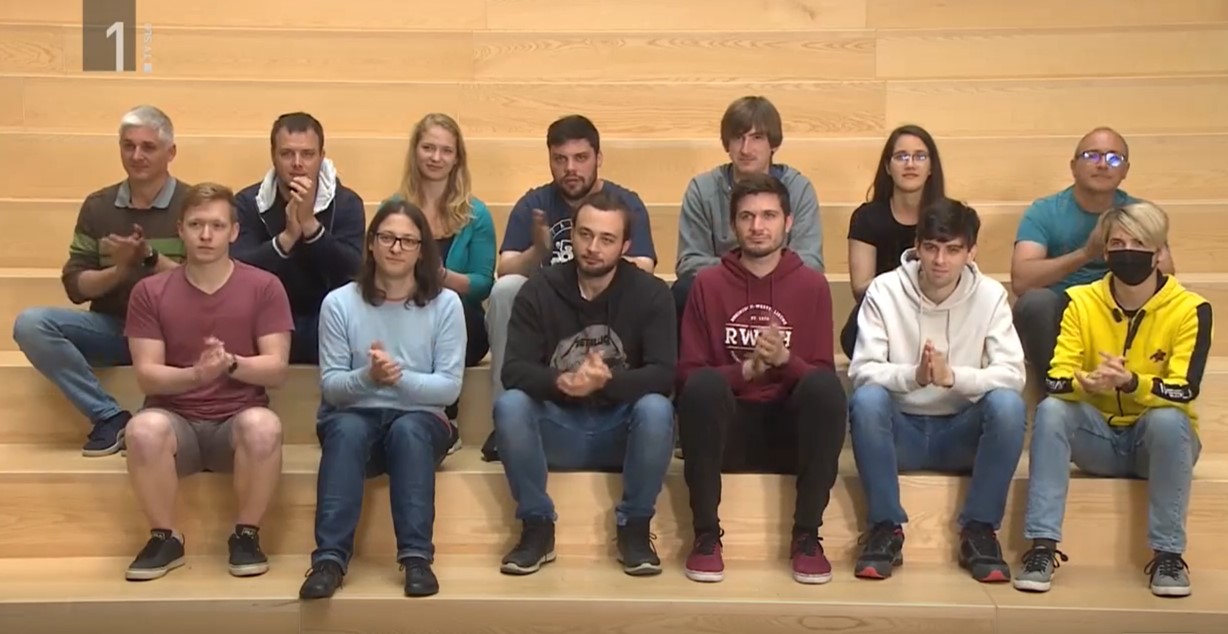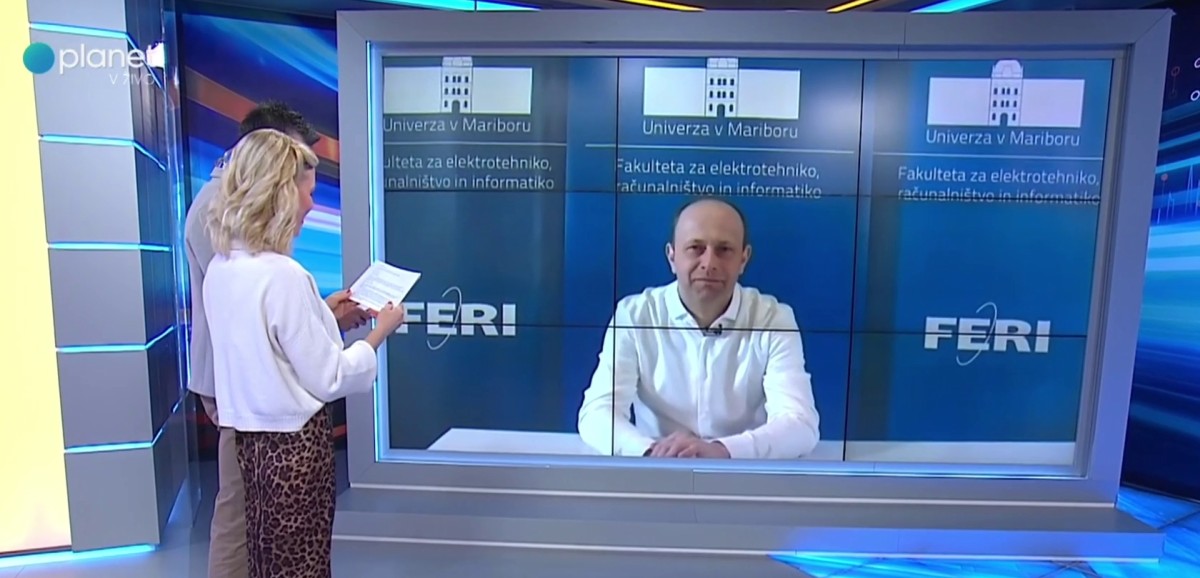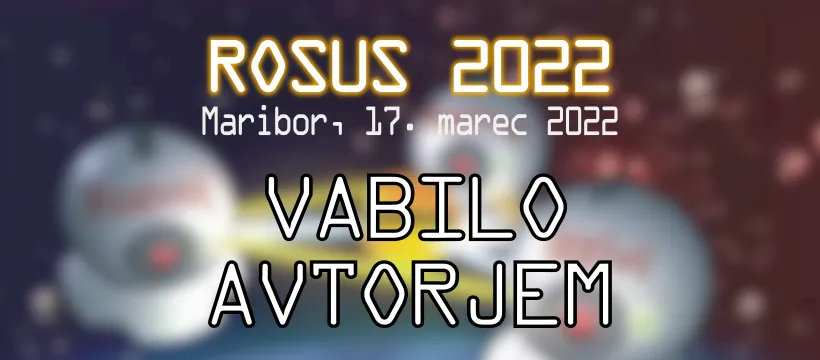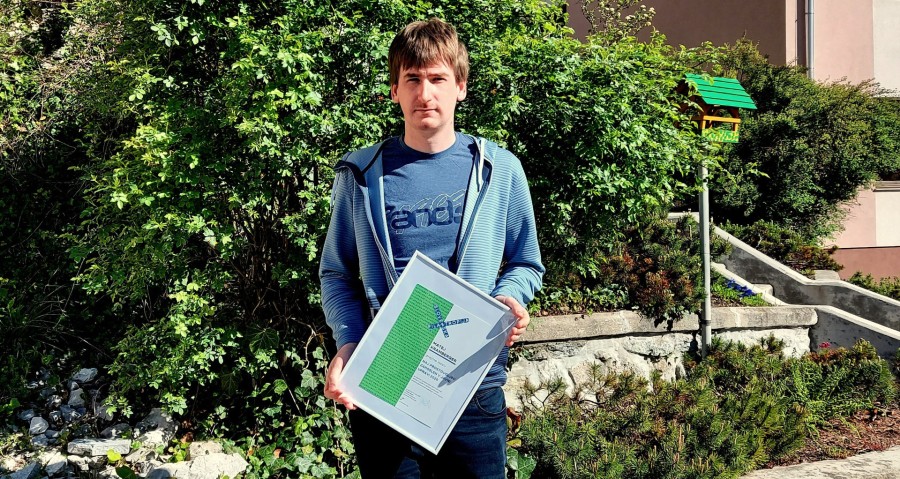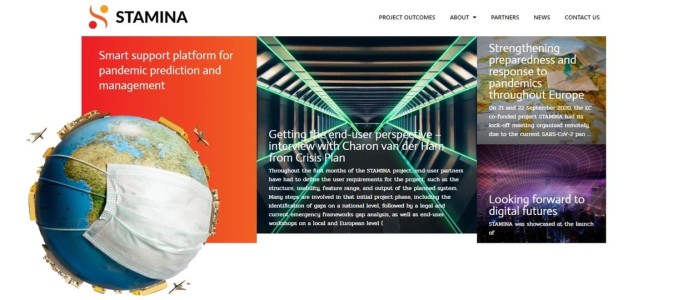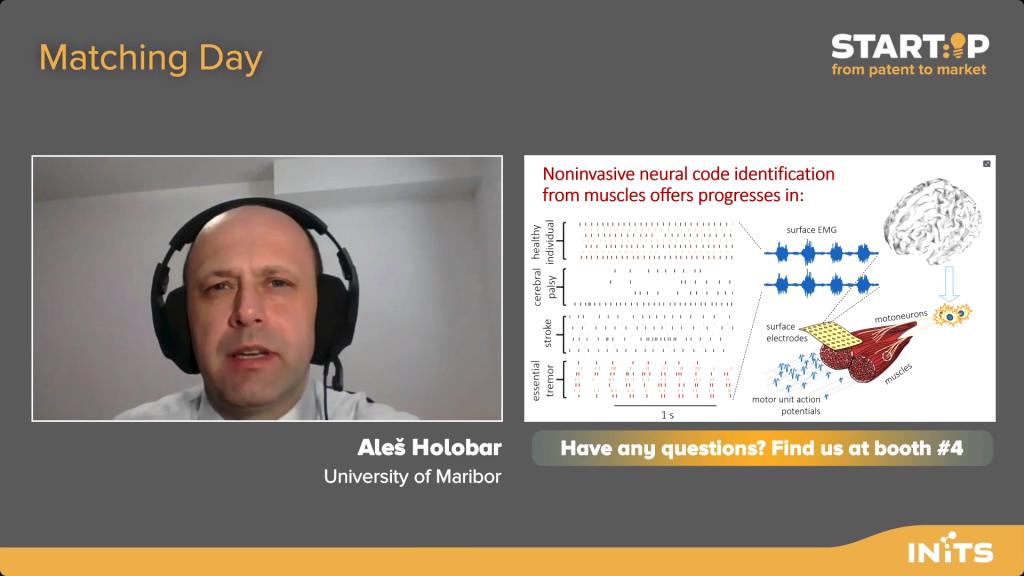Author: Matjaž Divjak
Mentor: Prof. Dr. Damjan Zazula
Co-Mentor:Prof. Dr. Nikola Guid
Date: March, 2003
3D MOTION TRACKING USING A STEREOCAMERA
Keywords: motion tracking, stereocamera, tracking devices, computer vision, digital image processing, stereoscopic image, depth image, Kalman filter, prediction-correction methods
UDK: 004.354: 004.92
Abstract: Several approaches for tracking the movement of objects in 3D space exist.
Most of them actually track the motion of special sensors attached to the object of interest.
This method is often less appropriate, because it obstructs the free movement of the object.
However, some approaches depend only on natural properties of objects and don’t require any
special hardware.
In this work we present the design, implementation and characteristics of the tracking system
which uses stereoscopic camera to detect the motion. We focus on tracking the face and hand
movements of the person in front of the camera. First, the depth image is computed from the
two stereo images and then the input data is segmented in two ways: regarding the skin colour
and regarding the depth. Partial results are merged together and only the most promising ones
are kept. Next we determine the correspondence between the currently detected objects and the
objects from the previous image and compute their geometric centres of gravity. Coordinates of
the centres of gravity are linked together to form the movement trajectories. With this procedure
we find 97 % of objects of interest and correctly detect up to 70 % of their surface. The tracking
method is then upgraded with the prediction-correction algorithm. As a result, smoother
trajectories and object borders are obtained. The trajectories are compared with the results
of the magnetic motion tracking device which serves as a reference. The average difference between
the calculated and reference trajectories yields approximately 1.75 cm.
Next we present the main factors which contribute to the error of the method and estimate the time
complexity of the used algorithms. Face and hand tracking is extended to tracking of arbitrary
objects, several examples of possible applications are discussed, the main drawbacks are exposed
and their solutions are presented. Despite the prototype implementation our method achieved
satisfactory results. We therefore believe it provides a good basis for further research.
